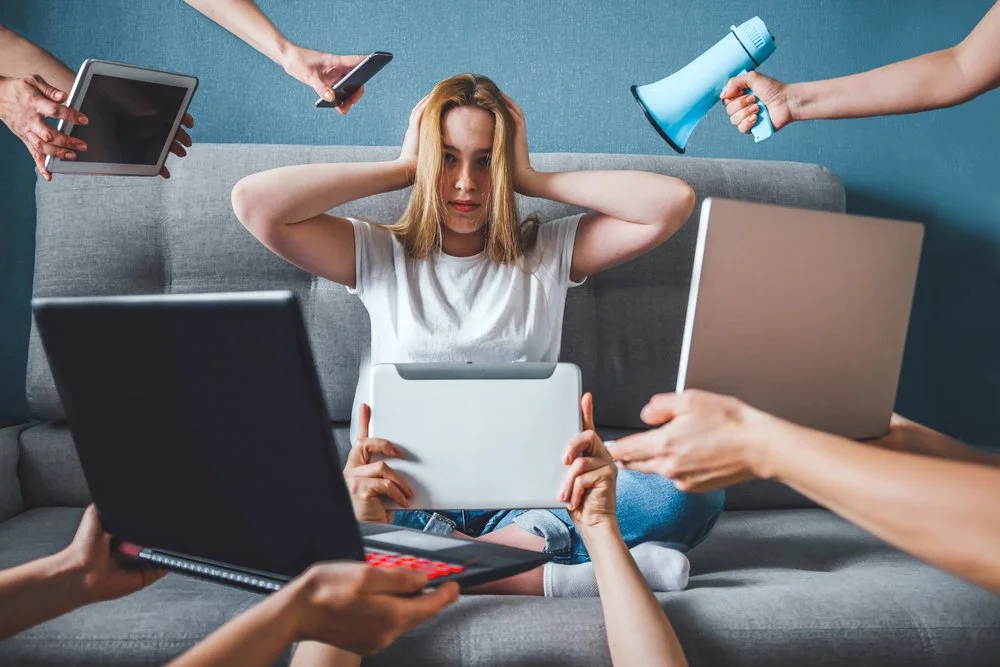Digital Detox: Embracing Offline Self-Care in an Always-On World
In an era where digital technology reigns supreme, the concept of work-life balance has evolved dramatically. The digital age, while bringing unparalleled connectivity and access to information, has also ushered in a new set of challenges. Among these is the constant pressure to be "always-on," a phenomenon that has significant implications for employee well-being and productivity, especially in creative industries.
This article, "Digital Detox: Embracing Offline Self-Care in an Always-On World," delves into the necessity and benefits of stepping back from the digital world. It's an exploration of how disconnecting from our devices can lead to a more balanced, healthy, and productive life, both personally and professionally. While our previous posts have extensively covered topics like employee retention and burnout, this piece carves out a unique niche. It focuses on the specific aspect of digital burnout and the transformative power of digital detox, offering fresh insights and practical solutions for individuals and organizations alike.
In the forthcoming sections, we will explore the intricate relationship between digital usage and creativity, understand the nuances of digital burnout, and provide actionable strategies for integrating digital detox into our daily lives and workplace cultures. This journey is not just about reducing screen time; it's about redefining our relationship with technology to foster a healthier, more sustainable work environment and personal life.
The Digital Dilemma in Creative Industries
The creative industries, known for their vibrant energy and innovative spirit, are increasingly finding themselves at the crossroads of the digital dilemma. In these sectors, from graphic design to digital marketing, the reliance on digital tools and constant connectivity is not just a convenience; it's a necessity. However, this digital dependence comes with its own set of challenges.
The Impact of Constant Connectivity
In creative fields, the pressure to stay digitally connected can stifle the very creativity these industries thrive on.
Constant notifications, emails, and the need to be perpetually available on various digital platforms can fragment attention, reduce deep thinking, and hinder the creative process. The irony is palpable – the tools designed to facilitate creativity can sometimes become barriers to it.
Case Studies: Creativity Under Digital Strain
Consider the case of a graphic design firm that noticed a decline in the quality of creative output. Upon investigation, they found that designers were spending a significant portion of their day responding to emails and messages, leaving them with fragmented time for actual design work. Another example is a digital marketing team that implemented 'no-email Fridays' and observed a noticeable uptick in creative brainstorming and team collaboration.
These instances highlight a crucial point – the need for a balanced approach to digital usage in creative workspaces. It's about finding that sweet spot where digital tools aid rather than hinder the creative process.
Understanding Digital Burnout
Digital burnout is a relatively new phenomenon, yet it's rapidly becoming a significant concern in the modern workplace. It refers to the exhaustion and stress that result from prolonged and excessive use of digital devices and platforms. This type of burnout is subtly different from general work-related burnout, as it's specifically linked to our digital habits.
Symptoms and Signs of Digital Burnout
The symptoms of digital burnout often mirror those of traditional burnout, including chronic fatigue, decreased productivity, and a sense of disillusionment with one's work. However, digital burnout also brings unique symptoms like digital eye strain, reduced attention span, and an overwhelming feeling of being constantly connected.
The Physical and Psychological Impact
The impact of digital burnout goes beyond mental health. It can manifest physically, with symptoms such as headaches, eye strain, and sleep disturbances. Psychologically, it can lead to anxiety, depression, and a feeling of being trapped in a digital cycle that's hard to break free from.
Differentiating from General Burnout
While general work-related burnout stems from factors like workload, job pressure, and work environment, digital burnout is specifically related to our interaction with digital devices and platforms. It's a nuanced but crucial distinction, as it calls for targeted strategies to manage and mitigate its effects.
The Science Behind Digital Detox
The concept of a digital detox, taking a break from digital devices, is more than just a trendy idea; it's backed by science. Research in various fields, including psychology and neuroscience, supports the benefits of periodically disconnecting from our digital worlds.
Neurological Benefits of Reducing Digital Consumption
Neuroscientific studies have shown that excessive use of digital devices can lead to changes in areas of the brain associated with attention, decision-making, and emotional processing. Conversely, taking a break from digital stimuli can help reset these neural pathways, improving concentration, memory, and emotional well-being.
Psychological Effects
Psychologically, digital detoxes have been found to reduce symptoms of anxiety and depression, often linked to excessive use of social media and other digital platforms. It allows individuals to reconnect with themselves and their environment, leading to increased mindfulness, better mood regulation, and a sense of peace.
Expert Opinions and Testimonials
Many psychologists and wellness experts advocate for regular digital detoxes as a way to maintain mental health in our digitally saturated world. Testimonials from individuals who have undertaken digital detoxes often speak of a newfound clarity, improved relationships, and a better sense of balance in their lives.
Strategies for Implementing Digital Detox in the Workplace
Incorporating digital detox strategies within the workplace can be a game-changer for organizations, especially in creative industries where the balance between digital usage and offline creativity is crucial. Here are some practical steps and examples of how companies can encourage digital detox among their employees.
Practical Steps for Organizations
Digital Detox Policies: Establish clear policies that encourage regular breaks from digital devices. This could include designated 'no-email' hours or 'tech-free' meetings.
Encouraging Offline Collaboration: Promote face-to-face meetings and brainstorming sessions that don’t rely on digital communication, fostering direct human interaction and creativity.
Workspace Design: Create spaces within the workplace that are free from digital distractions, like relaxation zones or tech-free lounges.
Balancing Digital Usage with Offline Activities
It's not about eliminating digital tools, which are essential, but finding a balance. Encourage employees to take short breaks for non-digital activities like stretching, walking, or engaging in brief mindfulness exercises.
Case Studies: Success Stories
A tech company introduced 'Wellness Wednesdays,' where the first hour of the workday is free from emails and meetings, allowing employees to ease into their work with minimal digital stress.
An advertising agency implemented weekly tech-free brainstorming sessions, leading to a noticeable increase in original ideas and team cohesion.
These examples demonstrate how a thoughtful approach to digital detox can enhance creativity, productivity, and overall employee well-being.
Personal Digital Detox: Tips and Techniques
While organizational strategies are crucial, personal commitment to digital detox is equally important. Here are some tips and techniques individuals can adopt to reduce their digital footprint and enhance their well-being.
1. Set Clear Digital Boundaries
Scheduled Screen Time: Allocate specific times for checking emails and social media, rather than constantly being on these platforms.
Tech-Free Zones: Establish areas in your home where digital devices are not allowed, like the bedroom or dining area.
2. Engage in Offline Activities
Pursue a Hobby: Engage in non-digital hobbies like reading, painting, or gardening.
Physical Exercise: Regular physical activity, whether it's a walk in the park or a yoga session, can be a great way to detach from the digital world.
3. Mindfulness and Meditation
Mindfulness Practices: Incorporate mindfulness or meditation into your daily routine to help disconnect from digital distractions and focus on the present moment.
4. Digital Detox Retreats and Vacations
Consider taking vacations or attending retreats that focus on digital detox, offering a complete break from digital devices in a serene environment.
Personal Success Stories
Stories of individuals who have successfully integrated digital detox into their lives can be inspiring. For instance, a graphic designer who adopted a no-screen policy after 8 PM reported improved sleep quality and creativity.
These personal strategies, when combined with organizational efforts, can lead to a more balanced and fulfilling digital life.
The Role of Leadership in Promoting Digital Well-being
Leadership plays a pivotal role in shaping the digital culture of an organization. Their approach to digital usage and well-being can significantly influence employee habits and attitudes.
Setting the Tone for Digital Wellness
Leading by Example: Leaders who consciously limit their own digital usage set a powerful example for their teams. This could involve not sending emails outside of work hours or encouraging face-to-face communication.
Open Communication: Encouraging open discussions about digital stress and its impact, and being receptive to feedback on digital policies.
Training and Resources
Digital Wellness Workshops: Organizing workshops or training sessions on digital wellness, covering topics like managing digital distractions and the importance of digital detox.
Providing Resources: Offering resources such as guides or access to apps that help monitor and limit screen time.
Impact of Leadership on Digital Culture
A leader's attitude towards digital detox can foster a culture where employees feel empowered to take necessary breaks from technology without fear of being perceived as less committed.
Leaders who prioritize digital wellness can help reduce digital burnout, leading to a more engaged and productive workforce.
Measuring the Impact of Digital Detox on Employee Retention and Satisfaction
To understand the effectiveness of digital detox initiatives, it's essential to measure their impact on employee retention and satisfaction. This not only validates the efforts but also aligns with the "Perfect Equilibrium" approach – balancing digital and offline worlds for optimal employee well-being and organizational performance.
Tools and Metrics for Evaluation
Surveys and Feedback: Regular employee surveys can gauge satisfaction levels and the perceived impact of digital detox policies.
Productivity Metrics: Monitoring changes in productivity and quality of work can provide insights into the effectiveness of digital detox strategies.
Retention Rates: Comparing employee retention rates before and after implementing digital detox initiatives can offer concrete evidence of their impact.
The "Perfect Equilibrium" Approach
The concept of "Perfect Equilibrium" emphasizes the balance between digital engagement and offline disconnection. It's about finding a harmonious blend where neither aspect overwhelms the other, leading to a more sustainable and fulfilling work environment.
In practice, this approach involves creating policies and cultures that value and encourage digital breaks as much as digital engagement. It's a recognition that in the quest for productivity and innovation, mental and digital well-being are not just beneficial but essential.
Future Trends and Predictions
As awareness of digital wellness grows, more companies are likely to adopt digital detox strategies, making them a standard part of employee well-being programs.
The evolution of digital detox initiatives will likely include more personalized approaches, recognizing the different digital needs and habits of individual employees.
Digital Detox: Embracing Offline Self-Care in an Always-On World" is more than just a concept; it's a necessary shift in our approach to the digital world. As we've explored throughout this article, the benefits of digital detox extend far beyond temporary relief from screen fatigue. They touch on deeper aspects of creativity, productivity, and overall well-being.
In embracing the principles of digital detox, both at an individual and organizational level, we align with the ethos of "Perfect Equilibrium." This approach is not about demonizing technology but about finding a balanced, healthy way to coexist with it. It's about recognizing that in our pursuit of efficiency and connectivity, we must not lose sight of our human need for rest, reflection, and disconnection.
As we move forward in this digital age, let's remember that our best work, our deepest creativity, and our most meaningful connections often happen away from the screen. Let's commit to creating spaces – both physically and metaphorically – where we can disconnect to reconnect, where we can step back to leap forward, and where we can unplug to recharge.
In closing, we invite you to take this journey with us – to find your perfect equilibrium in this always-on world. It's a journey towards a more balanced, creative, and fulfilling life, both inside and outside the workplace.
-
By Julian Reeve, Founder and CEO of Perfect Equilibrium Inc.
Employee Burnout and Employee Retention are huge challenges, but strategic and incremental change can have a significant impact. With the right employee retention strategies, you can keep employees healthy, focused, and motivated so they stay engaged, committed, and loyal. Talk to us today about how we can help your organization find Perfect Equilibrium™ and thrive.







